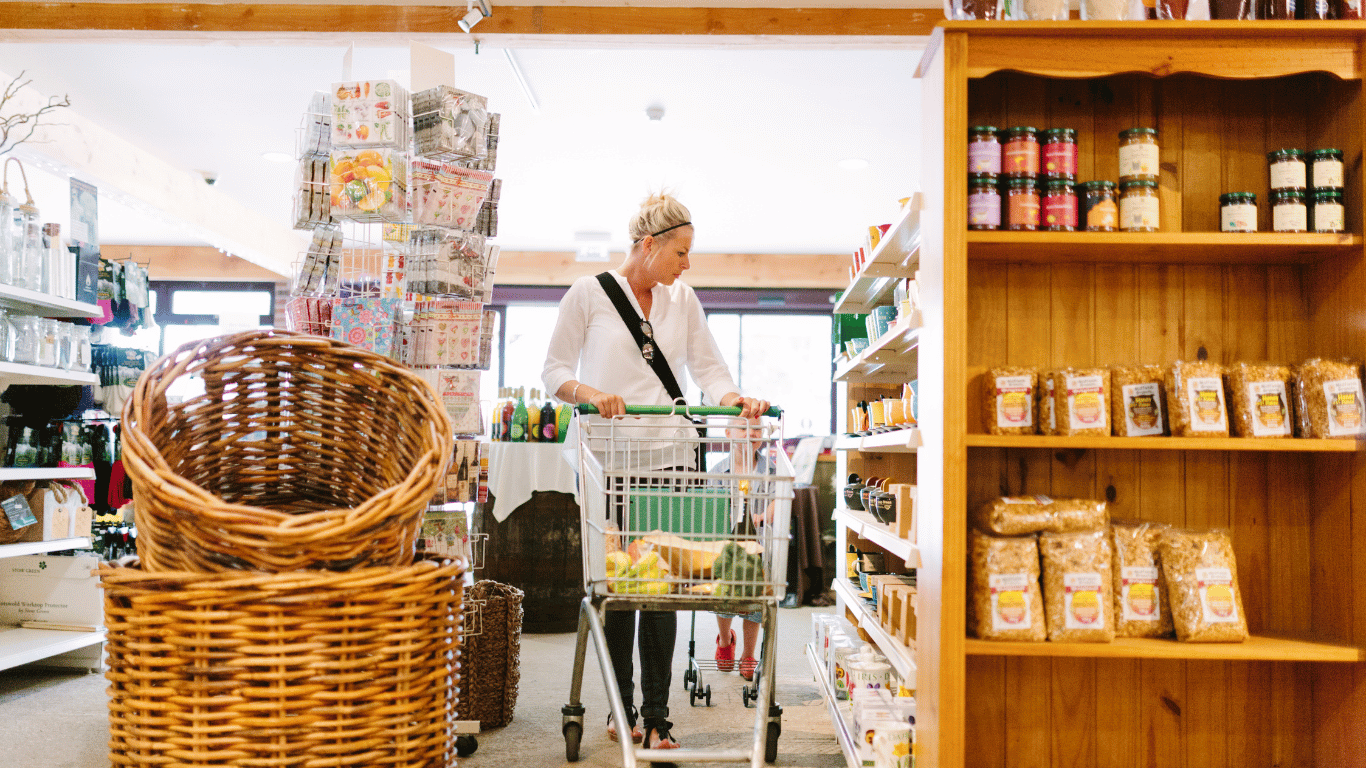In the Canadian real estate market, a captivating trend is the revival of brick-and-mortar retail spaces. In an era dominated by digital technology and the rise of e-commerce, the physical retail environment is undergoing a substantial transformation. This change is not only redefining the retail landscape but also impacting the construction and development of retail spaces.
The Canadian retail industry has been evolving in response to shifts in consumer behaviours and advancements in technology. Retailers across the country have been pivoting towards digital enhancements to cater to the prevailing trends. However, as we move towards a post-pandemic world, the role of brick-and-mortar retail is becoming more crucial than ever in providing a robust and comprehensive retail experience.
A significant aspect of this revival is the redevelopment of the top-performing regional shopping malls in Canada. More than half of the 30 highest-performing regional shopping malls in Canada have either announced plans or are currently undergoing extensive redevelopment initiatives. The goal of these initiatives is to transform these malls into communities that accommodate all aspects of live-work-play.
The focus of the redevelopment projects is to increase the density of existing properties through the construction of residential towers and infill projects, thereby unlocking value in underutilized parking areas or surrounding surface lots. This transformation is particularly evident in prime trade areas, where sites are being converted into transit-oriented, master-planned centers that offer a live, work, and play environment.
These redevelopment initiatives are not limited to premier sites. Second and third-tier assets, which have become increasingly costly to maintain, are also undergoing similar redevelopment efforts. These new projects are multi-phased and will result in transformed centers, with the initial stages of development expected over the next year and beyond.
Changes in consumer behaviour significantly influence these redevelopment efforts. The surge in online shopping is levelling off as consumers supplement their desktop and mobile purchases with in-store and other channel experiences. Consumers are frequenting multiple retailers to fulfill their needs in the face of rising grocery prices, product shortages, and reduced selection.
A considerable number of Canadians express their willingness to pay a premium for local or domestic products to support the local economy. This shift in consumer behaviour is opening new avenues for retailers to engage with and build trust among consumers. However, gaining their trust requires transparency, safeguards for data privacy, and a positive social impact.


Be First to Comment